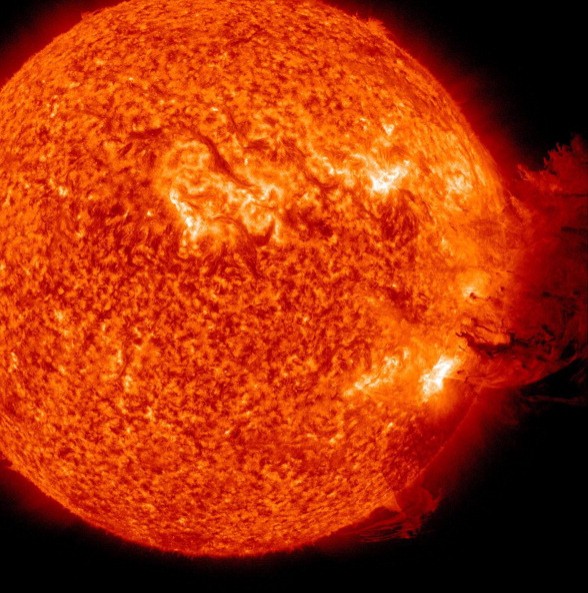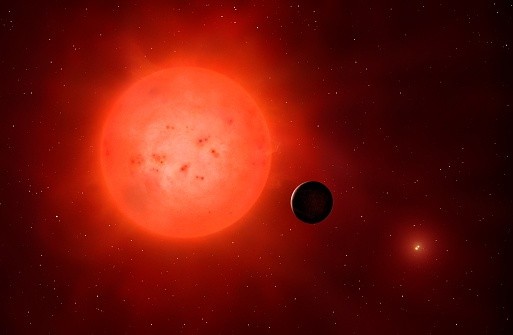The NASA TESS spacecraft (Transiting Exoplanet Survey Satellite) just found out something big: our own sun is relatively well-behaved compared to its counterparts elsewhere in the universe.

According to Universe Today, the NASA TESS spacecraft (whose primary purpose is hunting exoplanets) identified that our sun emits solar flares that are 1,000 times weaker than most other stars that TESS observes in its search for exoplanets.
This claim comes from Ward Howard from the University of Colorado at Boulder, who says that our sun's "well-behaved" nature was perfect for life on Earth as we know it to bloom.
This is also the same sentiment shared by Alexander Shapiro, who works as a physicist in Germany's Max Planck Institute for Solar System Research (via Space.com). According to data collected by NASA's Kepler Space Telescope and the Gaia star-mapping mission by the ESA, most sun-like stars that have been observed in the past are so much more active than our own.
But this doesn't mean that the sun's power still doesn't affect us here on Earth. Regular "space weather" can still endanger human tech out in space and on the Earth's surface. Still, life on Earth is extremely lucky that our sun is the way it is--otherwise, we likely won't exist.
How A Star Affects The Formation Of Life Elsewhere In The Universe
With the NASA TESS spacecraft, scientists are able to identify the existence of exoplanets by observing their parent stars. This is known as the Transit Method, which involves looking at periodic dips in the star's brightness. If the dips happen at regular intervals, it usually means a planet is "transiting" in front of the star, hence the name Transit Method.

Astronomers often try to find potentially habitable planets by judging where it lies within their star system. They designate a so-called "Goldilocks zone" where life could exist. Scientists theorize that the conditions are "just right" (not too hot or too cold) for liquid water to form in this habitable zone. Liquid water, for the unaware, is essential to life as it is known on Earth.
However, a star's activity level can mean that Goldilocks zones in other star systems are so much different than ours. This means that an exoplanet might sit well within a habitable zone, but intense and far more frequent solar flares (aka space weather) could destroy any hope of life forming on the planet.
Take it like this: if our own "well-behaved" sun has enough power to disrupt our technologies, imagine just how much damage it could do if it was as active as those that the NASA TESS spacecraft observes. Some of these so-called sun-like stars are reportedly so active they eat their own planets, according to a study published in the journal Nature Astronomy (via Space.com).
At the end of the day, the takeaway is this: our solar system is extremely lucky to have a well-behaved sun, for life on our planet as we know it would likely not have existed.

About The NASA TESS Spacecraft
NASA launched the TESS mission aboard a SpaceX Falcon 9 rocket over three years ago, with the sole purpose of doing a two-year survey of exoplanets, according to the TESS website.
The spacecraft uses four identical cameras that monitor a 24 by 90-degree strip of the night sky to do what it does. These cameras are optimized to detect exoplanets called "Super Earths" (rocky planets which have more mass than Earth) orbiting bright nearby stars.
Since then, it has discovered 4,500 exoplanet candidates, explicitly identifying 159.
This article is owned by Tech Times
Written by RJ Pierce
ⓒ 2026 TECHTIMES.com All rights reserved. Do not reproduce without permission.




